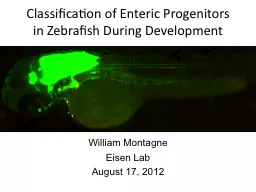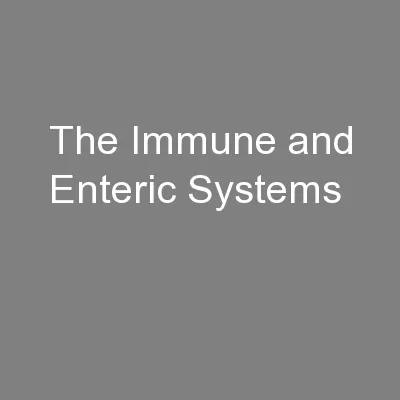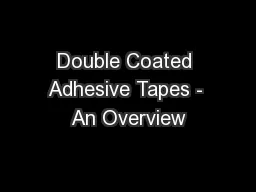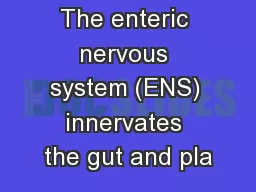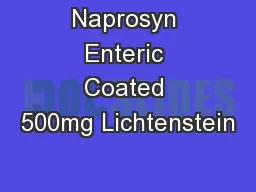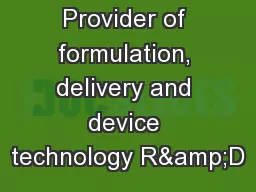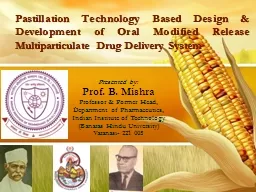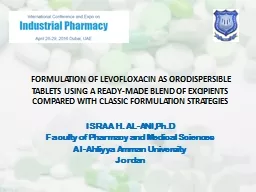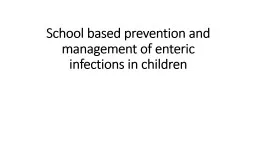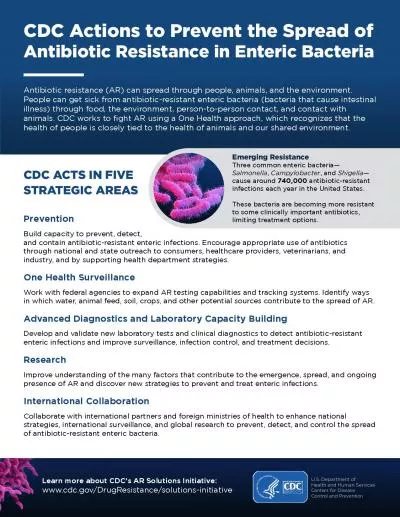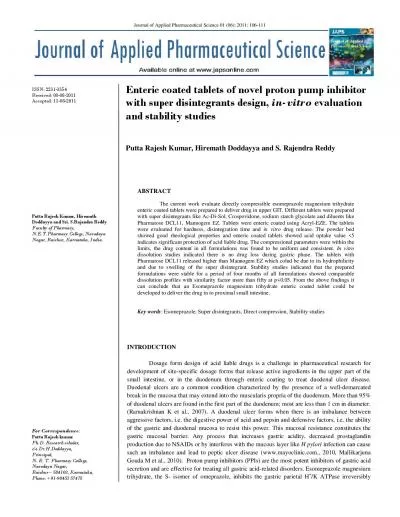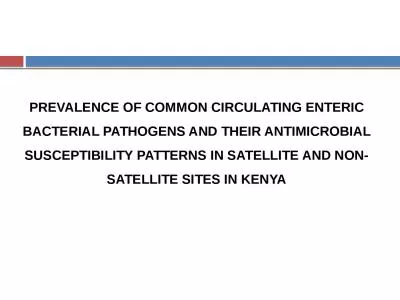PDF-FORMULATION AND EVALUATION OF ENTERIC COATED TABLETS OF
Author : arya | Published Date : 2022-09-08
DULOXETINE HYDROCHLORIDE A Dissertation submitted to THE TAMIL NADU Dr MGR MEDICAL UNIVERSITY CHENNAI 600 032 In partial fulfillment of the requirements for the
Presentation Embed Code
Download Presentation
Download Presentation The PPT/PDF document "FORMULATION AND EVALUATION OF ENTERIC CO..." is the property of its rightful owner. Permission is granted to download and print the materials on this website for personal, non-commercial use only, and to display it on your personal computer provided you do not modify the materials and that you retain all copyright notices contained in the materials. By downloading content from our website, you accept the terms of this agreement.
FORMULATION AND EVALUATION OF ENTERIC COATED TABLETS OF: Transcript
Download Rules Of Document
"FORMULATION AND EVALUATION OF ENTERIC COATED TABLETS OF"The content belongs to its owner. You may download and print it for personal use, without modification, and keep all copyright notices. By downloading, you agree to these terms.
Related Documents


